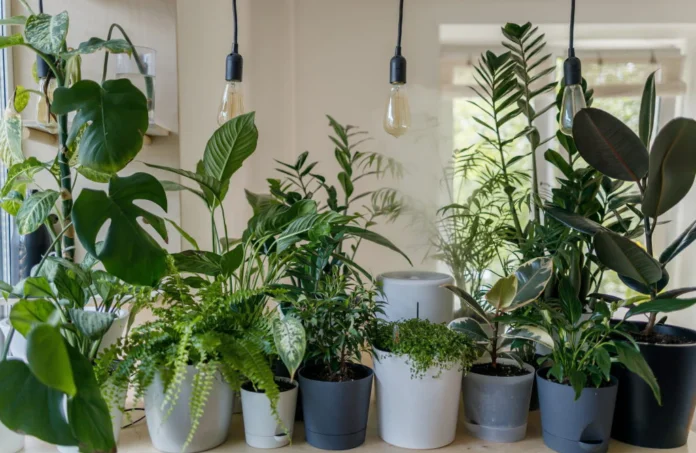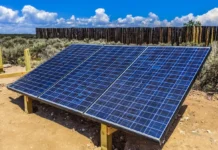Are you curious about whether plants can grow using LED lights? Well, we’re here to let you know that it absolutely is possible – and more popular than you may think! Come with us as we explore the exciting possibilities the latest LED technology has to offer the gardening world.
Benefits of LED Lights
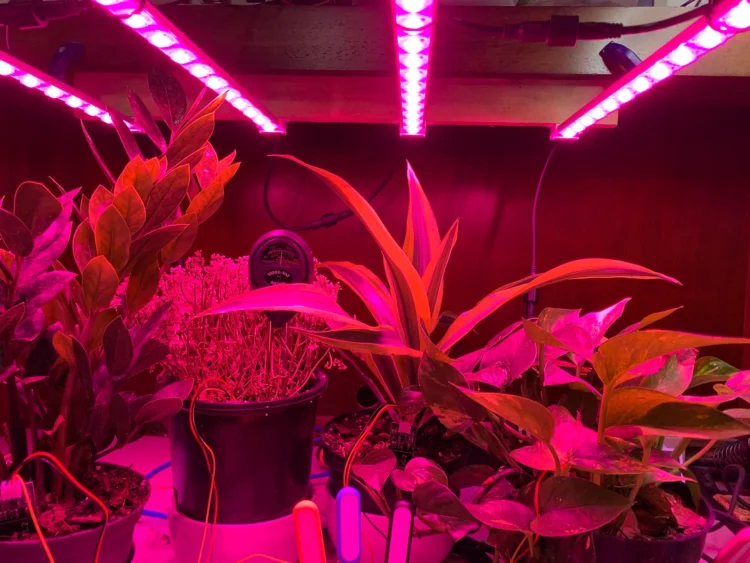
LED lights offer many benefits as a grow light source. LEDs are energy-efficient and generate virtually no heat, making them safe and efficient to use indoors. They also last longer than traditional fluorescent or incandescent grow lamps, typically upwards of 10 years of continued use.
They emit light within the spectrum of visible light that plants need for photosynthesis, but they also emit UV and infrared radiation that can provide additional benefits to some plants. LEDs are available in many spectral ranges so you can tailor the brightness to meet specific needs depending on the type of plant you’re growing.
In addition, they are lightweight and incredibly versatile, making them easy to maneuver and adjust in a growing environment. This ability allows growers to precisely direct light to areas where additional illumination is needed rather than blighting an entire room or area with traditional bulbs and fixtures. The combination of these two aspects — improved efficiency compared to traditional bulbs along with adjustable placement — makes them an attractive option for indoor gardening enthusiasts.
Factors Affecting Plant Growth with LED Lights
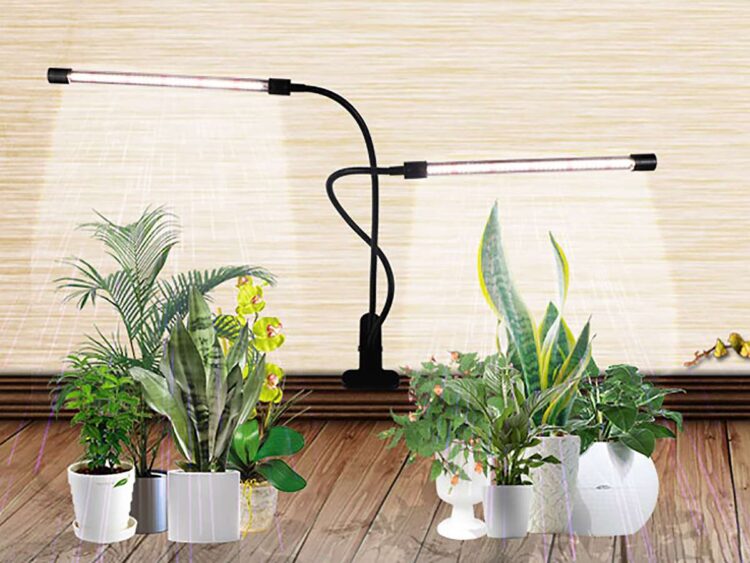
They offer gardeners and plant growers the advantage of great energy efficiency compared to other light sources, but it’s important to keep in mind that not all plants can thrive with LEDs. The type of lamps and the amount of brightness provided are two key factors that influence whether or not plants will be successful when grown with them.
These lamps vary in terms of color temperatures, which are outlined on a correlated color temperature chart. Plants respond differently to different colors of light, so providing ones with the appropriate color spectrum can make a huge difference in how well your plants grow. For example, blue light is better for vegetative growth whereas red light promotes flowering and fruiting.
Another aspect to consider is time. Plants require different duration lights depending on their needs and natural habitats; some may need 12-14 hours while others may only need one or two hours a day. Different levels of duration could lead to either poor health or completely stunted growth; take advice from experts in horticulture who specialize in your particular species.
Additional factors such as brightness intensity and overall wattage also play an important role when exposing plants to these lamps, so it’s recommended that you research both the ideal wavelengths for optimal plant growth as well as how much light intensity is necessary before investing in any specialized equipment because too little or too much can adversely affect plant development over time.
How to Choose the Right LED Lights for Plant Growth
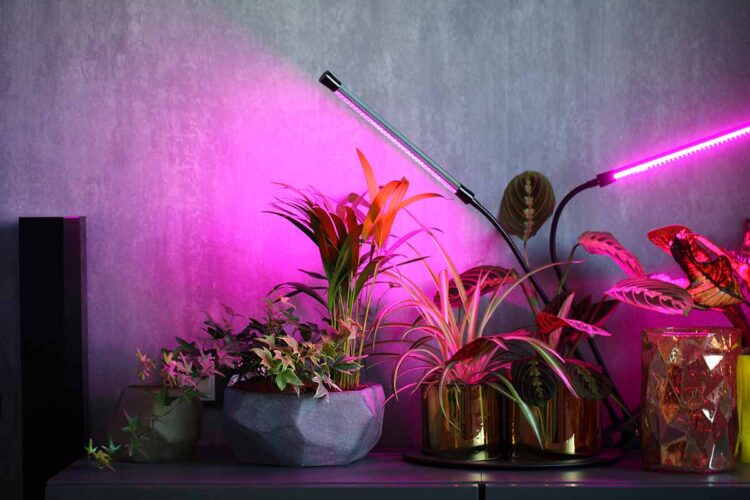
They can produce the perfect brightness spectrum for many types of plant growth, making them ideal for a wide range of applications. However, it’s important to understand the specifics of different LED lights to make sure you get the optimal brightness for your plants.
When choosing them for your plants, there are three key factors to consider: light intensity, color temperature or photopic response and spectral output. Brightness intensity refers to how much total light is produced by each bulb, with higher intensities providing better results. Color temperature or photopic response describes the warmth or coolness of a light’s appearance; warm bulbs tend to make plants look more vibrant while cooler bulbs will give them a darker hue. Spectral output describes what kind of wavelengths the bulb emits; some are better suited for flowering plants while others are better suited for vegetation growth.
You’ll also want to make sure that you’re getting an adequate number of watts for lighting your plants effectively: standard household lamps typically put out between 100 and 400 watts per bulb, but some high-intensity bulbs can burn up to 1,000 watts! Additionally, be aware that not all LEDs are designed equally — always look for Quality of Light (QOL) ratings from reputable manufacturers when possible.
By taking the time to understand the types and strengths of different types of LED lights available on shelves today and considering how they might best suit your specific plant-growing needs, you can choose the right LEDs without any guesswork involved.
Pros and Cons of Growing Plants with LED Lights
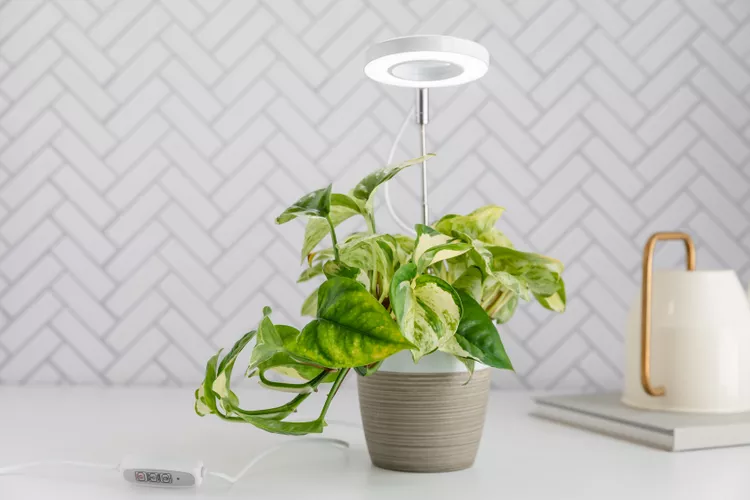
The use of these lamps to grow plants has become increasingly popular in recent years, due to their energy efficiency and relative affordability. But, before deciding to invest in this technology for your gardening project, it’s important to understand the pros and cons associated with using LED lights for plant growth.
Pros
- They can produce a broad spectrum of light that’s more intense than other lighting types, which makes it ideal for stimulating plant growth.
- LEDs are highly efficient and use very little energy compared to other types of lighting, making them economical to operate over time.
- These lamps do not create any heat which means they can be placed close to plants without risk of burning them.
- They are highly durable, able to withstand drops and bumps that would damage other lamp types. This makes them well suited for outdoor gardening settings such as greenhouses or balcony gardens.
Cons
- LED lamps typically cost more initially than other lighting types due to sophisticated design techniques used in their manufacture.
- They have a more limited lifetime than some traditional bulb types (such as fluorescent) due to their higher energy efficiency. This means they may need replacement sooner than bulbs with lower efficiency ratings.
- The light emitted from these lamps may not be as uniform as that produced by other lamp technologies constrained within particular spectrums of color output such as red or blue (which are necessary for photosynthesis). Careful selection of the right LED lamp is important when using LED lights for plants in order achieve the desired level of growth stimulation.
Conclusion
The answer is that, yes, plants can grow under LED lights, as long as the proper wavelength of light is used. The best ones for plants will emit a spectrum of brightness ideally suited for photosynthesis and provide an adequate power source to support plant growth. Although incandescent and fluorescent lamps are more common for lighting houseplants, they can be an efficient and cost-effective option. They are easy to install and maintain, and they require less energy than other types of artificial lighting. With proper installation and use, your plants can benefit from the advantages that LED lights provide.

